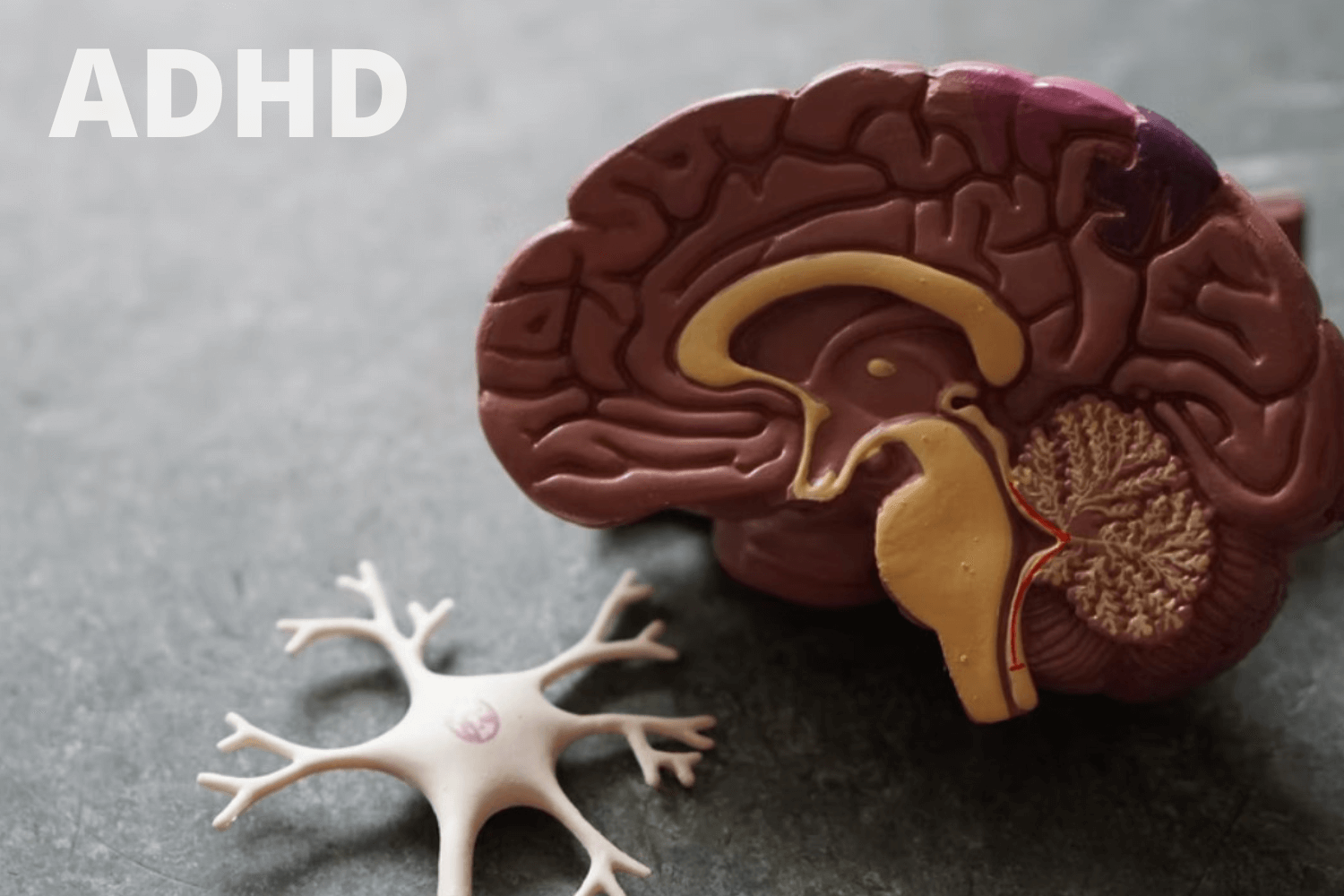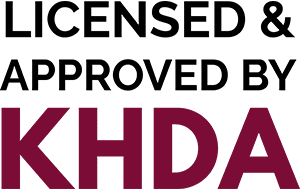
7 Quick Destressors to calm down ADHD Brain
Imagine your chrome window with 20 tabs open, each have popups every other second, with no idea where the music is coming from, and with all of this – trying to concentrate on an academic article. Such is a brain of a person with ADHD.
Attention Deficit Hyperactivity Disorder, more commonly known as ADHD is a medical condition which, due to differences in brain development and brain activity, affect basic actions like attention, the ability to sit still, and self-control. Evidently, this disorder can have a multi-faceted influence on academic, personal, and social endeavors. Although children generally tend to exhibit characteristics that are associated with ADHD, their struggles are much harder and reoccurring. They can be inattentive, impulsive, and hyperactive, but then again, these traits do not necessarily mean a child has ADHD.
This disorder naturally occurs in adults too and they too require certain steps and techniques to overcome such struggles. Keeping them in mind one can hone a certain sense of control over emotions, the situation at hand and a racing mind since overthinking is a common ADHD experience.
Here is a list of a few helpful tips and techniques that are tried and tested and make the overall experience a positive one.
- Practice mindfulness – Be present in the moment, right here right now. Whenever your thoughts take you off track, drag them back to the moment you’re in again. With ADHD distraction is inevitable, but the choice between staying distracted and bringing the focus back is still in your hand.
- Journaling – Give your thoughts another place to stick around other than your mind. Thoughts come faster and swipe you away but writing them down will help you identify when you’re getting distracted and will make it easier for you to stay focused.
- Alternate seated activities and physical activities.
- If a task is too complex that might lead to anxiety, it is better to divide it into manageable subtasks.
- Using fidgets, or indulging in a physical activity like boxing, jogging, or skipping will channel all the energy in an appropriate way – calming the brain down.
- Brain exercises that are also physical will act as destressors of the ADHD brain. These exercises also train the brain as they are uniquely designed to help strengthen and build new connections by using a combination of physical, sensory, and cognitive activities. More efficient connections in the brain can lead to improvements in cognitive tasks and also help in the short-term as a stress reliever.
- Resisting isn’t always the answer – Embrace and accept the way your brain works. Trying to put a full stop to your thoughts will never work; that resistance often contributes to our internal battles and anxiety. Taking an opportunity to pause and consciously breathe can also do wonders to quiet the mind, as can meditation – being conscious of our thoughts with no judgment.
- Relax the body – Try this powerful technique of noticeably softening your body by recognizing where you’re holding tension. This exercise allows the body and mind to simultaneously relax and become more present. Physically shaking it off is another way to jolt your system “out of it.” In all, any form of physical movement you enjoy is great for disengaging the brain from overthinking.
ADHD can be tamed gradually, but to deal with the urgent issues, there are always mechanisms that help us cope up. These come in handy when the brain is turbulent, to calm that storm of distractions it faces all the time.






